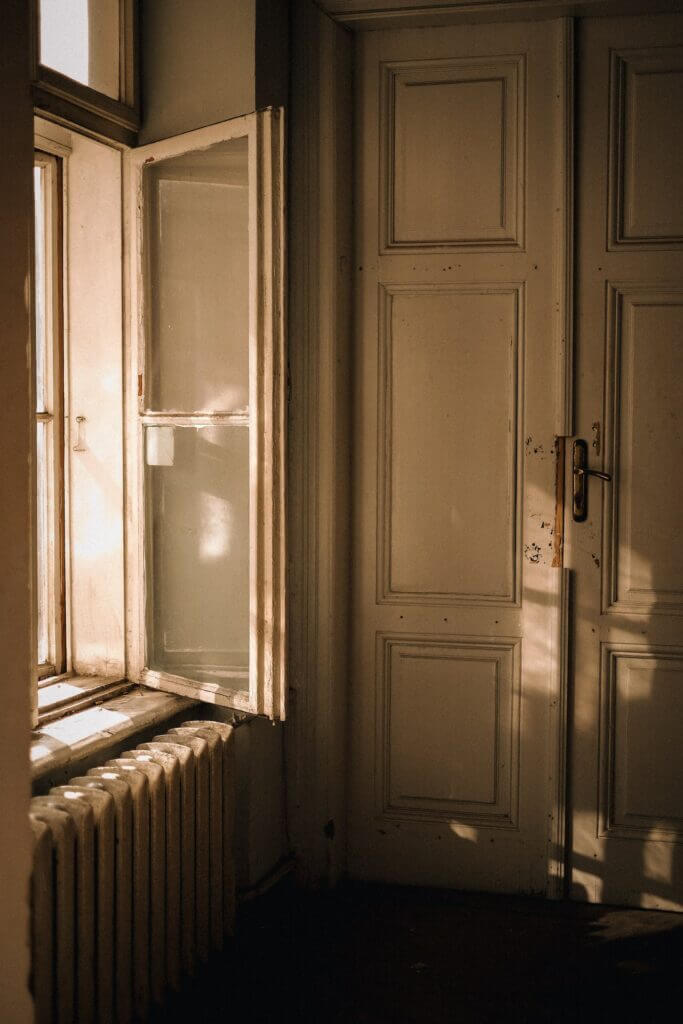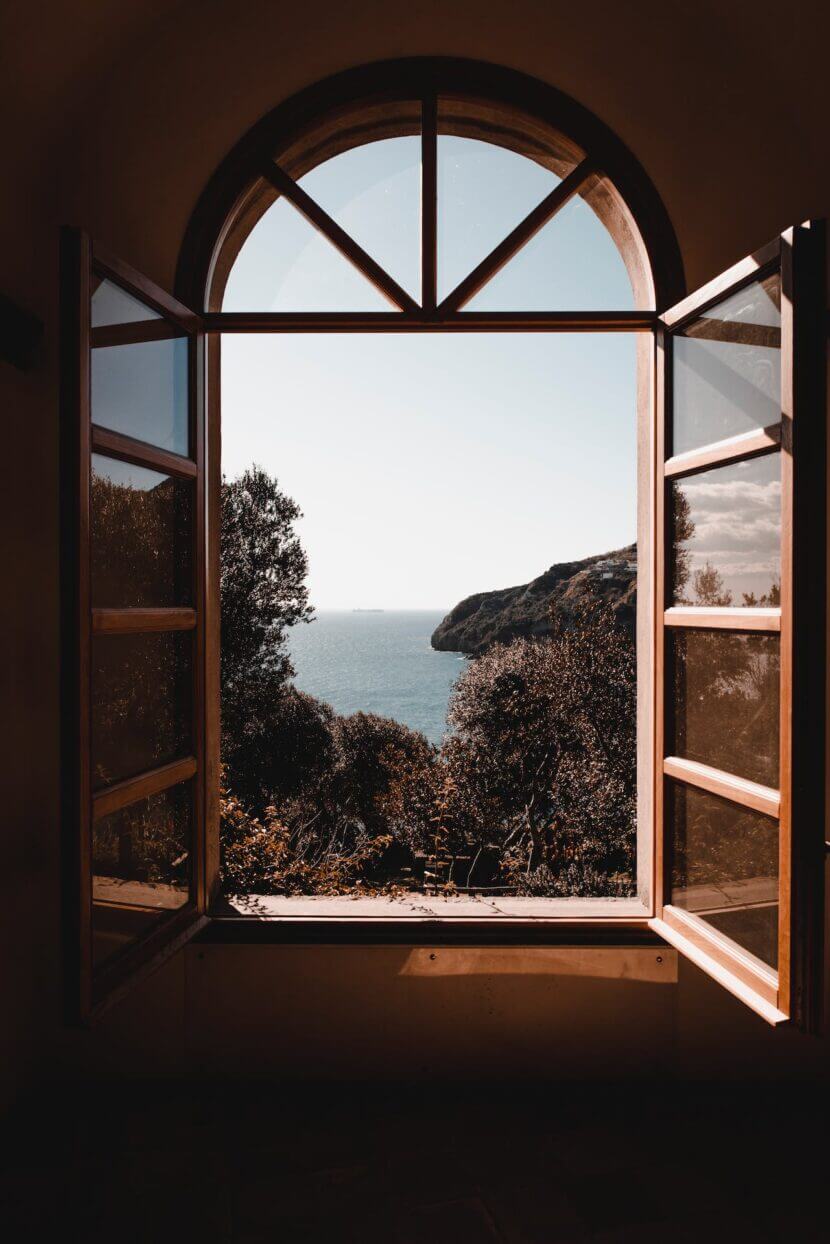How can I protect my home from particulate matter?
It is invisible to our eyes, but extremely dangerous. After all, particulate matter is considered one of the most dangerous pollutants and can lead to a variety of illnesses. It can never be completely avoided – but there are some measures you can take to protect yourself from particulate matter.
We generally associate particulate matter with industrial sites, coal-fired power plants or large cities with very high traffic volumes. However, many people are not really aware that the danger of particulate matter also lurks within their own four walls. The exposure indoors can be up to five times higher than outdoors – regardless of whether it is a public building or your own home.
What is particulate matter and how does it get into our homes?
Particulate matter – also known as PM10 – is a mixture of tiny dust particles with a diameter of 0.1 μm (micrometers) that cannot be seen with the naked eye. This means that 100 of the largest fine dust particles fit next to each other on one millimeter. Even though it is primarily caused by road traffic, industry and agriculture, it can easily get into our homes through cracks in the wall, brittle seals, open doors and windows and through our clothes.
While the wind disperses the fine dust outside and the rain washes it out in a figurative sense, these natural protective factors are missing at home.

How to protect yourself from fine dust indoors
In theory, it sounds simple when it says: Try to keep the concentration of particulate matter at home as low as possible. In practice, there are a few things to follow to make this work. Namely:
- Check your window and door seals at least once a year. If you find leaks or porous areas, you should repair them as quickly as possible. In many cases, you don’t even need a tradesman.
- Avoid ventilating your home when there is traffic noise outside. Or on days with heavy pollen counts. Ventilate especially in light wind or rain.
- A carpet in the bedroom or living room works wonders, as it binds fine dust better than a parquet or tiled floor.
- When buying a vacuum cleaner, make sure that it also has a fine dust filter. This absorbs your house dust without whirling the fine dust out again at the other end. Wipe floors and surfaces regularly with a damp cloth.
- If you have a fireplace at home – avoid using it for heating every day, but use it deliberately on particularly cold or rainy days.
Health hazards & measurability
Just how dangerous particulate matter can be for our health is proven by the results of a large number of studies carried out every year. The respiratory tract is particularly affected, and babies, small children and the elderly are especially at risk. Especially in households with risk groups, the use of a fine dust measuring device is recommended, which uses a laser to determine the level of pollution. For PM10 fine dust particles, a maximum daily value of 50µg per cubic meter of air applies, which may be exceeded 35 times per year.
Related posts:













